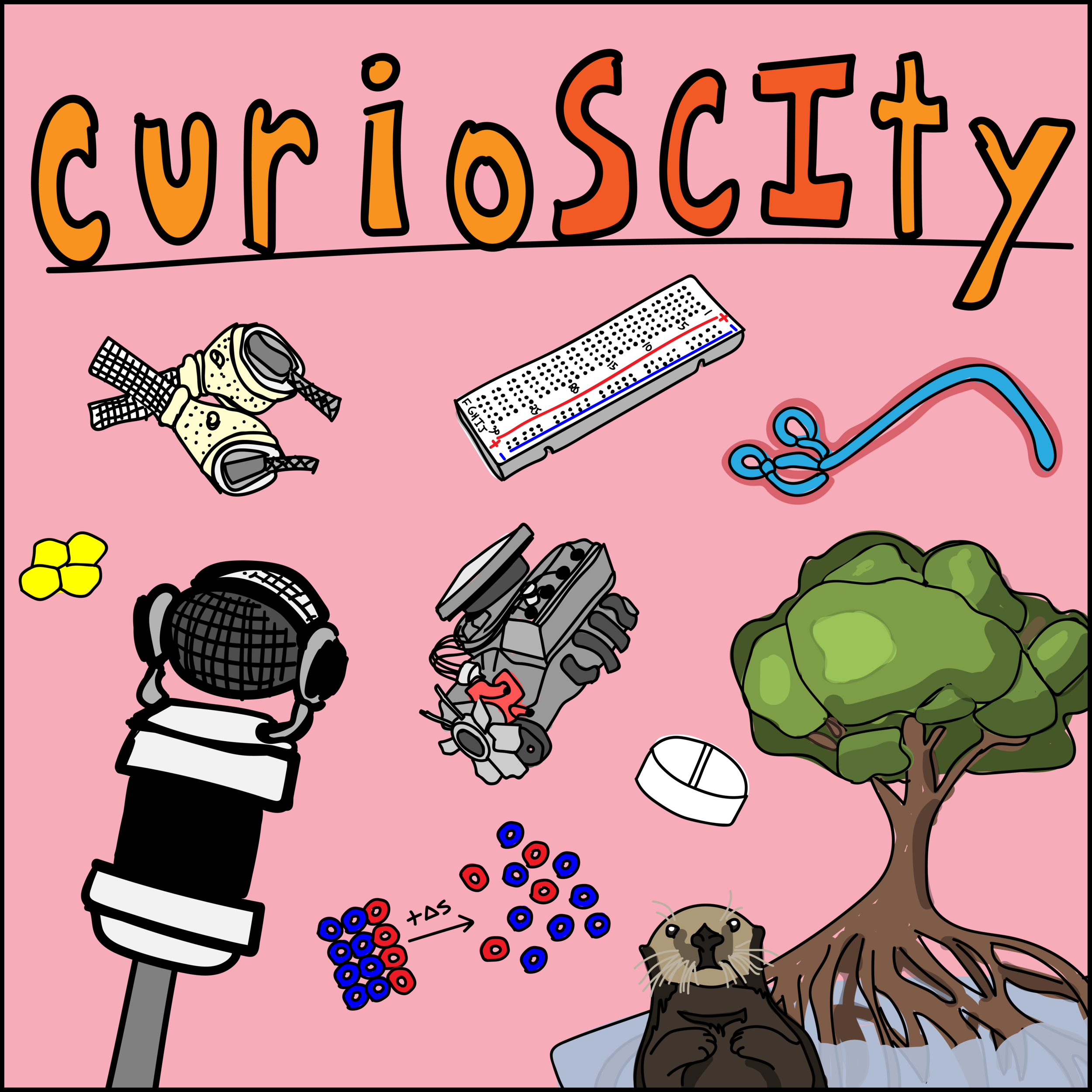80 - Chikungunya and Togaviruses! (w/ Jenny Loome!)
80. Chikungunya and Togaviruses
RNA viruses can appear in global pandemics suddenly and without warning (as we know from a recent, rude example). Today, we discuss the viral family Togaviridae and Alphavirus genus members like chikungunya. Let’s learn to be scientifically conversational.
General Learning Concepts
a. What is a virus? Obligate, intracellular parasite containing genetic information in a protein shell.
b. What does it mean to be an arbovirus? Any of a group of viruses that are transmitted by mosquitoes, ticks, or other arthropods. Alphaviruses are arboviruses, not togaviruses in general.
c. What are some general characteristics of alphaviruses (eg. genetic material, genome size, envelope status, diameter…)? Togavirus = family. Alphavirus (26 members, incl. Equine Encephalitus virus, O’nyong-Nyong Virus, …) / Rubivirus (only Rubella) = genus. Linear, single stranded positive-sense RNA. Genome ~10-11kb. 5’ methylated cap. Enveloped, 70 nm diameter. Glycoprotein spikes. Replication complexes form from endosomes and lysosomes.
d. What are some notable alphavirus members? Chikungunya virus; Sindbis virus; Semliki Forest virus; Western/Eastern/Venezuelan equine encephalitis virus.
e. What are some disease effects of infection with chikungunya? Fever, joint pain, headache, muscle pain, joint swelling and persistent joint pain, rash, rarely encephalitis (inflammation of the brain). What are some notable outbreaks? First identified in Tanzania in early 1952; periodic outbreaks in Asia/Africa since 1960’s. In 2006, there were 1.5 million cases of Chikungunya reported in India. Are there notable disease effects in other alphavirus members that are not recapitulated in chikungunya? Encephalitis viruses can carry different likelihoods of encephalitis-related symptoms. Many alphaviruses can cause arthralgia and virally-induced arthritis. Host range can also vary: Salmonid alphavirus was the first alphavirus isolated from fish (1995).


